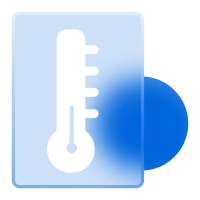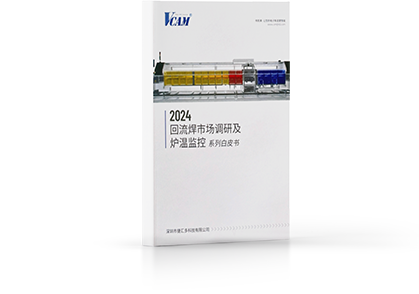Why don't reflow manufacturers adopt RCMK performance testing across the board?

1. When the reflow oven manufacturer tests itself, it uses a large aluminum plate to deploy the temperature measurement points. The temperature uniformity of the test itself is within 1°C. The actual aluminum plate has good temperature uniformity performance, and the reflow oven manufacturer basically does not need to debug to pass; however, the modules of RCMK are completely separate and independent. Each module is tested separately for the temperature curves of the left, middle and right. The test results will not be so good, especially the temperature of the module close to the fixed track will be slightly lower than that of the middle module; in addition to the conventional temperature uniformity performance test, RCMK also introduced balance test, thermal shock analysis, hot air volume change rate analysis, thermal efficiency analysis, and empty and full load thermal compensation capacity comparison analysis. These newly added analysis items may expose some weaknesses of the reflow oven. As a reflow oven manufacturer, it is definitely more exclusive. It is precisely because RCMK can test some undiscovered weaknesses
2. The cost of using the detector is also a factor that needs to be considered. The furnace temperature detector needs to be calibrated, maintained, and replaced regularly, which will increase the operating cost of the furnace manufacturer. Therefore, the furnace manufacturer may choose whether to fully adopt the furnace temperature detector based on market demand and cost-effectiveness.
3. As customers' application scenarios for reflow oven testing become more and more abundant, furnace manufacturers will gradually pay more attention to it, and the application of furnace manufacturers will gradually improve.
Does temperature compensation affect reflow oven test results? How to check and fix the oven?

The reflow itself is set with temperature compensation. The test results may not be accurate because the principle and method of temperature compensation may not be consistent with the principle and method of the test instrument, resulting in deviations in the measurement results.
In order to improve the accuracy and reliability of the test, how should the reflow be repaired and debugged? Generally speaking, you can refer to the following steps:
1. Turn off the temperature compensation function of the reflow, or set the temperature compensation value to zero so that the temperature measurement of the furnace is not affected by the compensation.
2. Use standard temperature sensors and test instruments to measure the temperature inside the reflow and record the temperature values and temperature curves at different positions.
3. Compare the measurement results with the display results of the reflow's temperature control system, sensors, data recorders and other equipment to analyze the cause and size of the error.
4. According to the error situation, calibrate, adjust or replace the reflow's temperature control system, sensors, data recorders and other equipment to make them consistent with the measurement results of the test instrument.
5. Repeat the above steps until the temperature measurement results of the reflow and the measurement results of the test instrument reach a certain accuracy and stability.
——It takes multiple tests before application. First test the original temperature and parameters, then test the parameters after temperature compensation setting, and then do the actual application.
What is the principle of RCMK equipment?

RMCK is a reflow soldering performance tester. We use analog component temperature sensors of different shapes and sizes. It can record the temperature change test of each component and store it in a memory device. Connect to the computer through Ethernet or USB port, input the data in the memory device into the dedicated test software, and perform curve data analysis and processing. The analysis software can evaluate the performance and accuracy of the temperature control system, sensors, data recorders and other equipment of the reflow oven based on the recorded test data, and generate temperature curves and related parameters.
What are the reflow track levels, vibrations, and general industry specifications?

1. We have combined domestic and foreign reflow ovens of different ages to conduct multiple tests on track levelness and vibration under the same temperature and temperature zone conditions, and give recommended specifications: levelness ±2°, track vibration 20mg; 2. The track performance tester is an inspection tool that only helps users to verify product data. Users can use our recommended specifications or set applicable specifications based on the application environment and the equipment itself;

Professional thermal engineering monitoring solutions make temperature control simple and efficient
Contact us to let our solutions help you
































